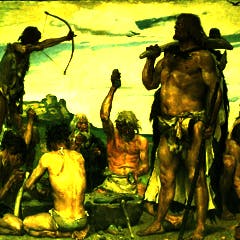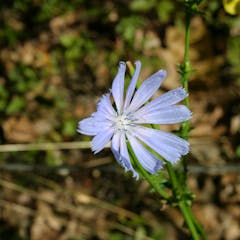
Articles on Museums
Displaying 21 - 40 of 211 articles

The colonial era profoundly shaped natural history museums and collections. Herbaria, which are scientists’ main source of plant specimens from around the world, are no exception.

Digital scanning offers a new window on Australia’s unique fossil history, from early multicellular lifeforms to gigantic ‘marsupial lions’.

Record numbers of visitors are flocking to blockbuster exhibitions. Behind all the excitement, there are difficult questions over how to address their carbon footprint.

From Aristotle to Darwin, inaccurate and biased narratives in science not only reproduce these biases in future generations but also perpetuate the discrimination they are used to justify.

Museums have pushed the narrative of Vincent van Gogh as a ‘tortured genius’ for decades, but in its 50th year the Van Gogh Museum is questioning this approach.

Chipperfield is not interested in creating something iconic or instantly recognisable as his. Instead, he sees architecture as a service, a vehicle for civic and public good.

Majumbu’s work sits in the Melbourne Museum, but until now he has not been named as the artist.

Closing racist exhibitions is a good step, but it doesn’t go far enough to decolonise our museums – an expert explains.

Creators of NFT art are organizing themselves into new art scenes, but they are still searching for cultural legitimacy while museums remain skittish.

As the Grand Egyptian Museum begins welcoming visitors ahead of its opening in 2023, one object remains conspicuously absent.

Momentum is growing for the restitution of objects, such as the Benin Bronzes, stolen during colonialism. Listen to The Conversation Weekly podcast.

In 1914, suffragette Mary Richardson slashed a painting London’s National Gallery to attract publicity to Emmeline Pankhurst’s imprisonment.

Despite causing hurt and offence, the legality of removing a whale fossil from the West Coast remains unclear. So what rules and laws govern amateur fossil hunting, and should they be strengthened?

Climate protesters are destabilizing the idea that public galleries are safe spaces for works of art, held in public trust.

Journals, museum collections and other historical sources can provide valuable data for modern ecological studies. But just because a source is old doesn’t make it useful.

It might be provocative but this sort of direct action is important.

Art stolen from African kingdoms is a knowledge system plundered by colonialists, who must take historical responsibility.

The National Museum of Australia has just opened the most significant redevelopment in its history.

Derided as ‘toys for the rich,’ the specimens being bought and sold raise broader questions about the relationship between science and capitalism.

Western museums are beginning to re-evaluate how they portray cultures and history and return stolen artifacts. But for change to be meaningful, it needs to be truly inclusive.
